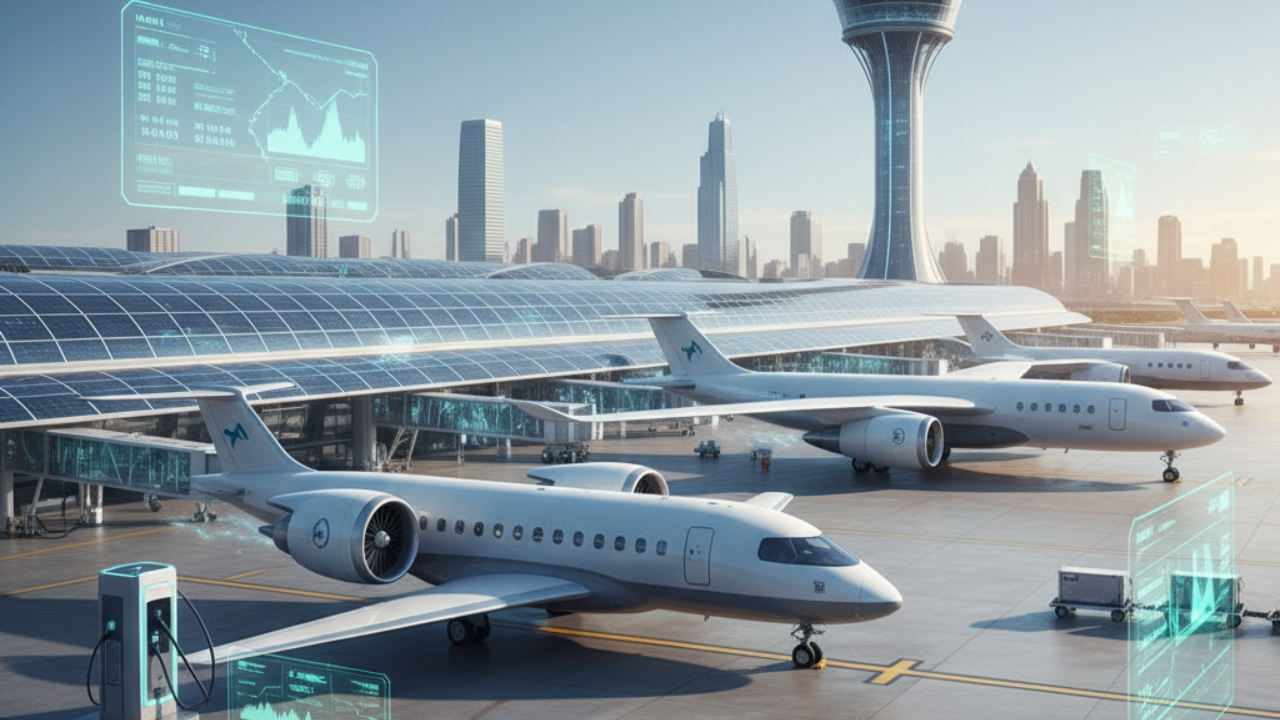
Post by : Meena Rani
Electric aviation is moving rapidly from research labs into demonstrator flights and limited commercial operations. This article examines the core technical innovations—advanced battery chemistries, electric propulsion architectures, hydrogen fuel cells and storage, and enabling systems such as charging/refueling infrastructure and autonomy—that are making zero-emission flight achievable. We also explore the economic, regulatory, and societal implications of the transition and provide a realistic timeline for adoption.
Batteries are the single most important technology for electric aircraft. Today’s lithium-ion cells provide energy densities sufficient for short-range flights, but to enable longer ranges and higher payloads, improvements are required in energy per unit mass (Wh/kg), safety, charge rate, cycle life, and thermal management.
Solid-state batteries replace liquid electrolytes with solid materials (ceramic, glass, or polymer electrolytes). Benefits for aviation include improved safety—solid electrolytes are far less flammable—and potential increases in energy density because solid electrolytes allow for lithium metal anodes without dendrite issues. In aircraft, higher energy density translates directly to longer range or lower battery mass.
Lithium-sulfur systems offer much higher theoretical energy density than conventional lithium-ion chemistries and use abundant sulfur, lowering raw-material pressures. The main hurdles are cycle life and stability; researchers are developing cathode hosts and electrolyte additives to address sulfur’s volume-change and polysulfide shuttle issues.
Graphene and advanced nano-structured electrode materials can increase electrical conductivity, support higher charge rates, and improve thermal performance. Silicon-composite anodes boosted with graphene can raise capacity but must be engineered to withstand expansion/contraction during cycling.
Beyond cell chemistry, battery pack design (thermal management, cell balancing, structural integration) is critical for aircraft. Integrating batteries into load-bearing structures (structural batteries) offers mass-saving pathways but requires co-design between airframe and battery engineers.
Electric motors are inherently efficient, reliable, and compact compared to combustion engines. They offer new design freedoms in aircraft layout and operation.
Aviation demands motors with high power-to-weight ratios and excellent thermal performance. Advances in rotor/stator materials, rare-earth-free magnet designs, and cooling approaches (immersion, liquid-cooling channels) are driving motors that deliver sustained high power for takeoff and climb phases.
Distributed propulsion spreads thrust across many smaller motors and propulsors. Benefits include improved aerodynamic integration (blown flaps, lower induced drag), redundancy (better safety), and noise reduction. Many eVTOL designs rely on dozens of small electric rotors to achieve vertical lift and transition to efficient wing-borne cruise.
Similar to electric cars, regenerative braking is possible during descent and certain maneuvers. While the overall energy recovered in aircraft is lower relative to automotive, regenerative systems can improve energy efficiency in urban air mobility and short-hop profiles.
High-power inverters, silicon carbide (SiC) and gallium nitride (GaN) power electronics, and advanced cooling systems are central to efficient propulsion. These components reduce conversion losses and allow higher operating voltages, shrinking wiring mass and overall system weight.
Hydrogen offers a compelling high-specific-energy pathway for zero-emission flights. Fuel cells convert stored hydrogen into electricity, emitting only water vapor.
Proton-exchange membrane (PEM) fuel cells are the leading candidate for aviation due to reliability, power density, and rapid dynamic response. Aviation stacks must sustain high power output for takeoff and climb, be lightweight, and have integrated thermal and water management.
Storing hydrogen onboard requires careful tradeoffs: compressed gaseous tanks (350–700 bar), liquid hydrogen (extremely cold cryogenic storage), or novel chemical carriers (ammonia, LOHCs). Each presents safety, mass, and infrastructure challenges. Liquid hydrogen has the highest volumetric efficiency but demands heavy insulation and boil-off management.
Hydrogen tanks and fuel cell systems affect aircraft center-of-gravity and aerodynamic packaging. Designers are exploring modular tanks integrated into wing structures or fuselage bays and combined thermal systems that use fuel-cell waste heat for cabin heating and deicing.
The shift to electric and hydrogen aircraft entails significant capital investment but also creates avenues for operating-cost reduction and new revenue streams.
Airlines and operators will face costs for new aircraft, retrofits, pilot and technician training, and airport infrastructure upgrades. Fleet electrification will likely start with purpose-built regional aircraft and shuttle services rather than wholesale replacement of long-haul fleets.
Electric motors have fewer moving parts and lower maintenance requirements. Energy costs per seat-km for electric propulsion (depending on local electricity price and green energy availability) and hydrogen (depending on production method and scale) may be lower than jet fuel long-term. Lower noise and emissions can also unlock lower airport fees and incentivized routes.
Dense short-haul markets—regional hops under 300–500 km—are the initial sweet spot. Examples include island-hopping routes, commuter shuttles between nearby cities, and inter-regional services with high frequencies.
Electric aviation will drive jobs in battery manufacturing, power electronics, fuel-cell production, hydrogen logistics, and software-defined aviation systems. Retraining programs will be important to transition maintenance and operations staff.
Governments and international agencies play a crucial role in standardizing certification, funding research, and building infrastructure.
Grants, tax credits, and R&D funding shorten development timelines and de-risk early commercial deployments. Incentives targeted at airports to build charging or hydrogen refueling capabilities accelerate operator adoption.
Aviation is global; certification standards for electric/hydrogen systems, battery crashworthiness, and fuel-cell safety must be harmonized by ICAO, EASA, FAA, and other national authorities to ensure cross-border operation.
eVTOL (electric vertical takeoff and landing) vehicles promise to transform urban mobility. Their technical and regulatory pathway is distinct from commercial airliners because missions are short, speeds are lower, and operations are closer to dense populations.
eVTOLs use distributed electric rotors, tilt-rotors, or lift+cruise architectures. The benefits include vertical accessibility (vertiports, rooftops), low noise, and fast point-to-point transit.
Urban operations require robust airspace integration, vertiport infrastructure, noise mitigation, and highly reliable flight-control systems. Battery swap or fast-charging models are being explored for rapid turnaround.
Automation combined with electric power can reduce operational costs and improve safety through precise energy management and predictive maintenance.
Machine learning models can predict cell degradation, motor faults, and structural fatigue, enabling condition-based maintenance that reduces downtime and costs.
Initially, autonomy will augment pilots (assistive systems) then evolve toward higher levels of automation for cargo and low-risk passenger services. Regulatory and public-acceptance hurdles will govern the pace.
To achieve true decarbonization, electricity and hydrogen must be produced from low-carbon sources. Airports can become renewable energy hubs—solar arrays, wind turbines, and electrolyzers coupled with storage.
Green hydrogen produced via electrolysis using renewable electricity reduces lifecycle emissions. Airports can host electrolyzers and storage to refuel aircraft and ground vehicles while smoothing grid demand with battery storage.
The path to electric aviation faces technical, supply-chain, infrastructure, and social challenges. Here are pragmatic mitigation strategies.
High demand for lithium, cobalt, nickel, and rare-earth metals can create supply bottlenecks. Strategies include alternative chemistries (Li-S, sodium-ion), recycling programs, ethical sourcing, and circular-economy design.
Airports must deploy charging networks or hydrogen refueling systems. Public-private partnerships, phased rollout (starting with high-traffic regional airports), and co-investment by OEMs and operators can spread costs.
Demonstration flights, transparent safety data, and clear communication about benefits (noise, air quality) help build public trust. Certification authorities must define clear safety standards for batteries and hydrogen systems.
Timelines are mission-dependent and region-specific; below is a conservative, industry-aligned projection.
The electric aviation revolution is an evolving tapestry of materials science, electrical engineering, aerodynamics, infrastructure development, and policy. No single technology will be a silver bullet. Instead, a portfolio approach—improved batteries for short hops, hydrogen fuel cells for longer regional missions, distributed electric propulsion for aircraft efficiency, and autonomy for cost reduction—will unlock a decarbonized aviation future.
Policymakers, manufacturers, airports, and airlines must coordinate investments and align standards. When combined with decarbonized electricity and green hydrogen, electric aviation can materially reduce aviation’s climate impact while opening new markets and jobs. The next decade will be decisive: early commercial deployments, robust regulation, and visible public benefits (noise reduction, cleaner airport neighborhoods) will determine whether electric and hydrogen aircraft move from novelty to norm by 2035 and beyond.
Electric Aircraft Battery-Electric Hybrid-Electric Hydrogen Aviation Green Aviation
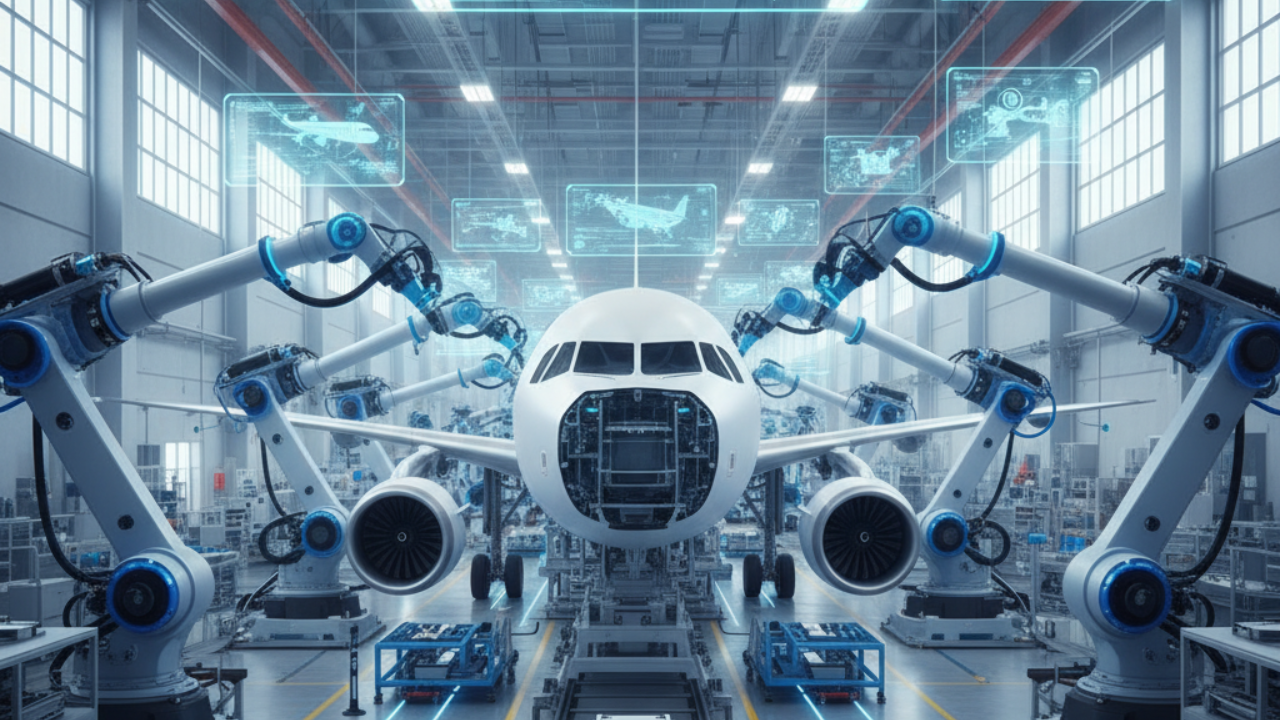
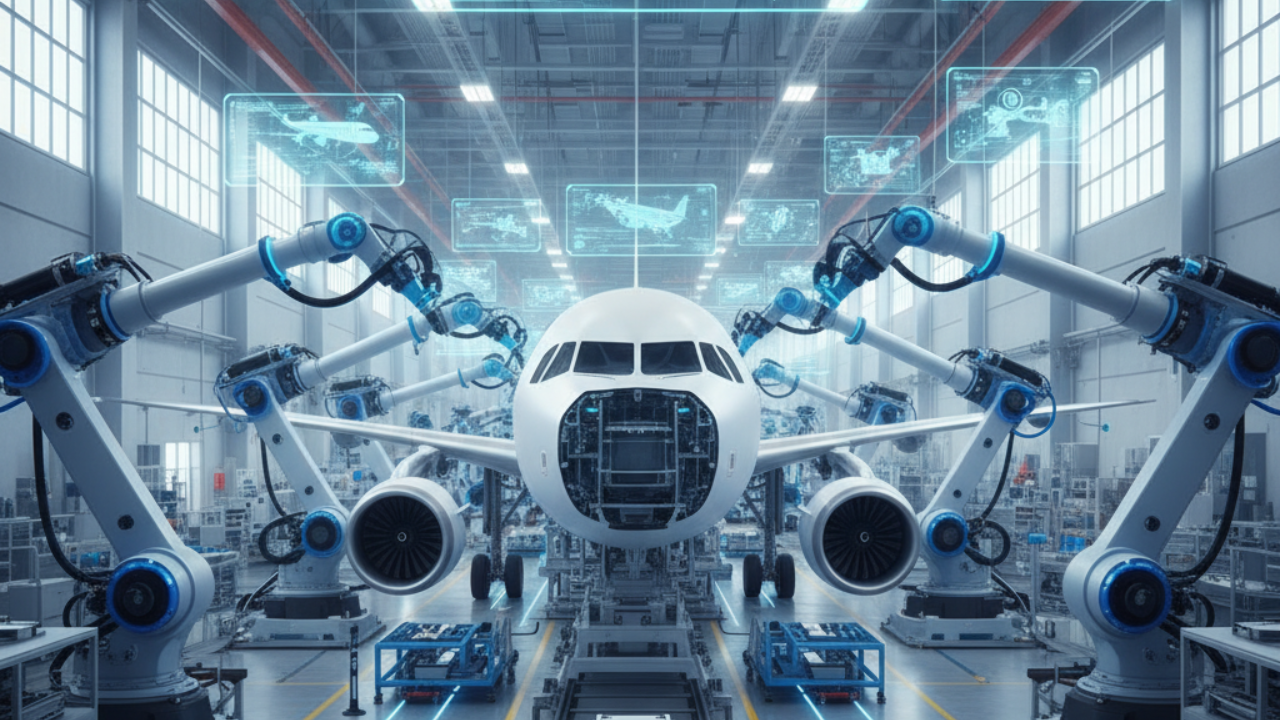

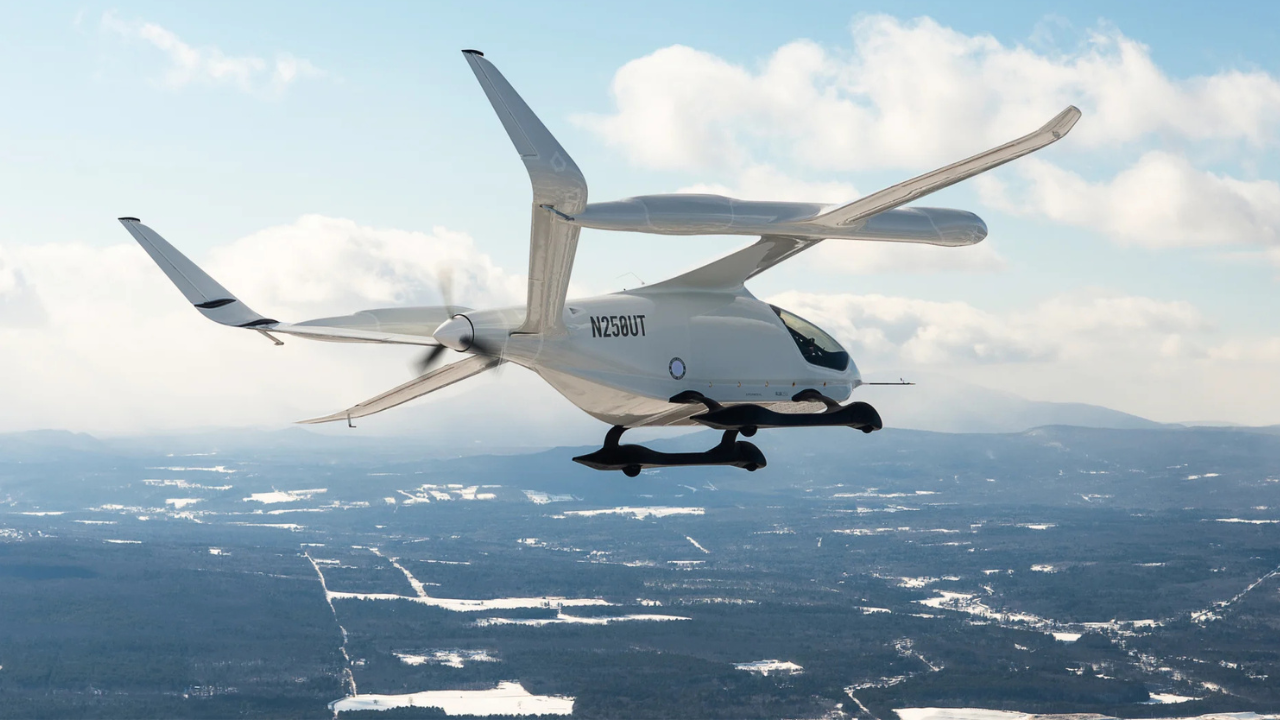
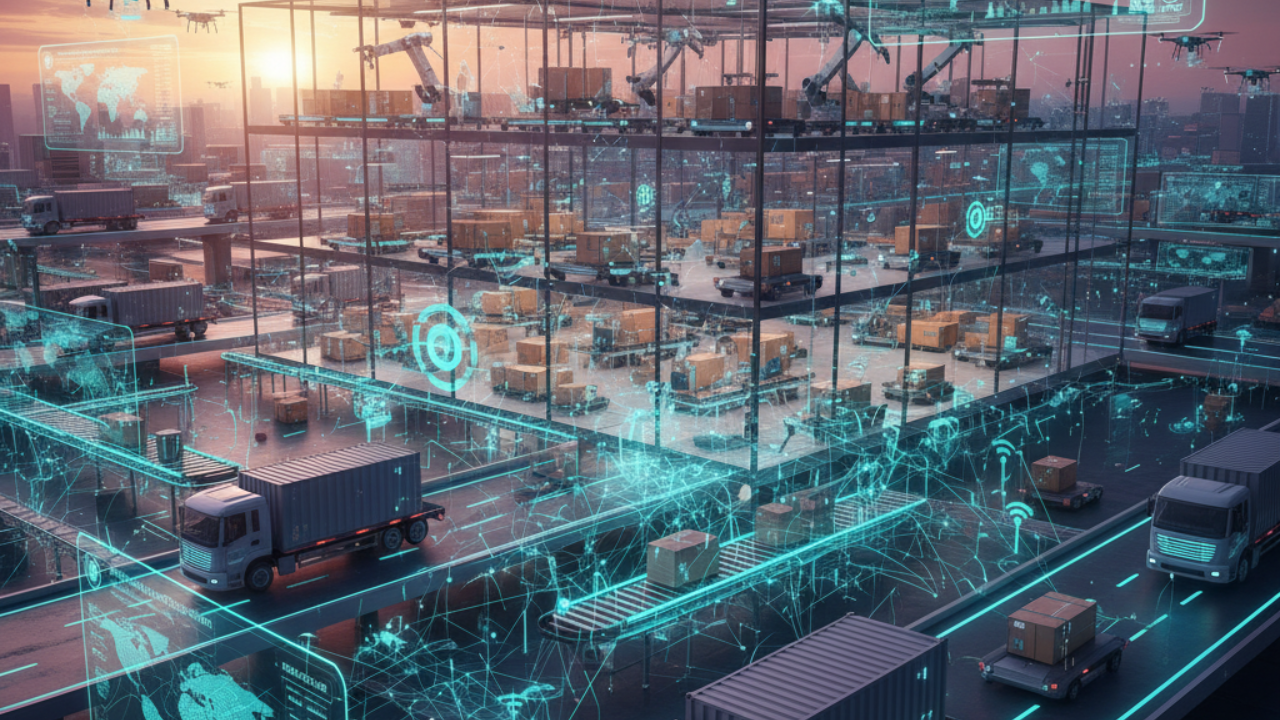

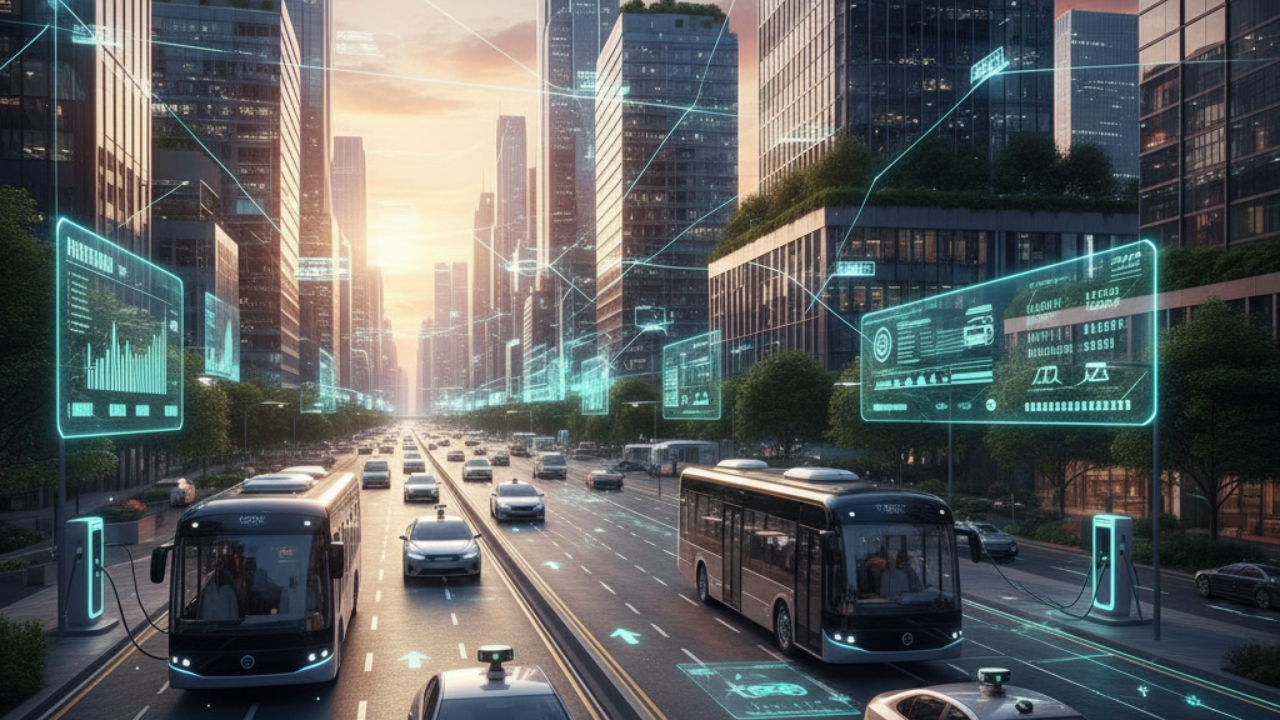
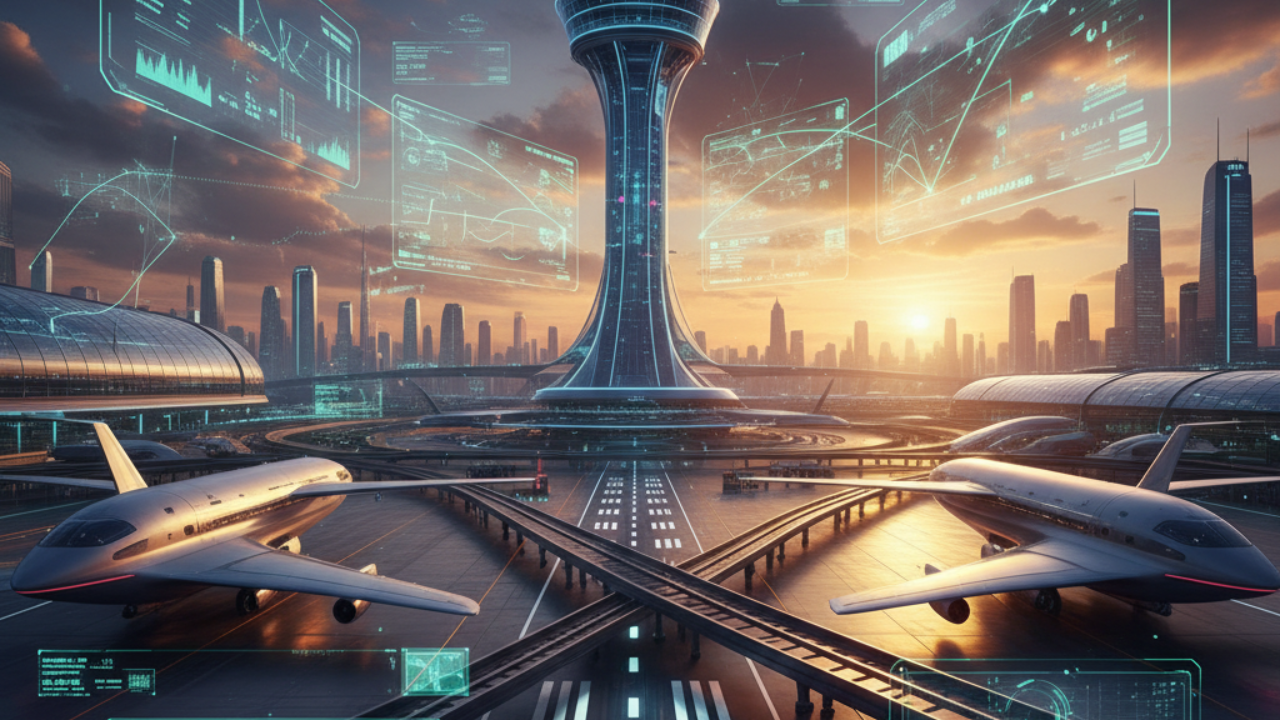


Bengaluru-Mumbai Superfast Train Approved After 30-Year Wait
Railways approves new superfast train connecting Bengaluru and Mumbai, ending a 30-year demand, easi

Canada Post Workers Strike Halts Nationwide Mail and Parcel Services
Canada Post halts operations as CUPW strike disrupts mail and parcel delivery nationwide amid disput

PM Modi Launches BSNL ‘Swadeshi’ 4G Network, 97,500 Towers Built
India enters global telecom league as PM Modi inaugurates BSNL’s indigenous 4G, connecting 26,700 vi

India’s Iconic MiG‑21 Takes Final Flight After Six Decades of Service
After 60 years India retires its MiG‑21 fighter jet, a legendary yet controversial warplane marking

Hindustan Zinc unveils AI hotspot monitoring at Debari smelter
Hindustan Zinc launches AI-powered Switchyard Hotspot Monitoring at Debari smelter to cut outages bo

Chinese experts worked inside sanctioned Russian drone plant
Chinese drone specialists visited IEMZ Kupol supplying parts and drones via intermediaries, deepenin